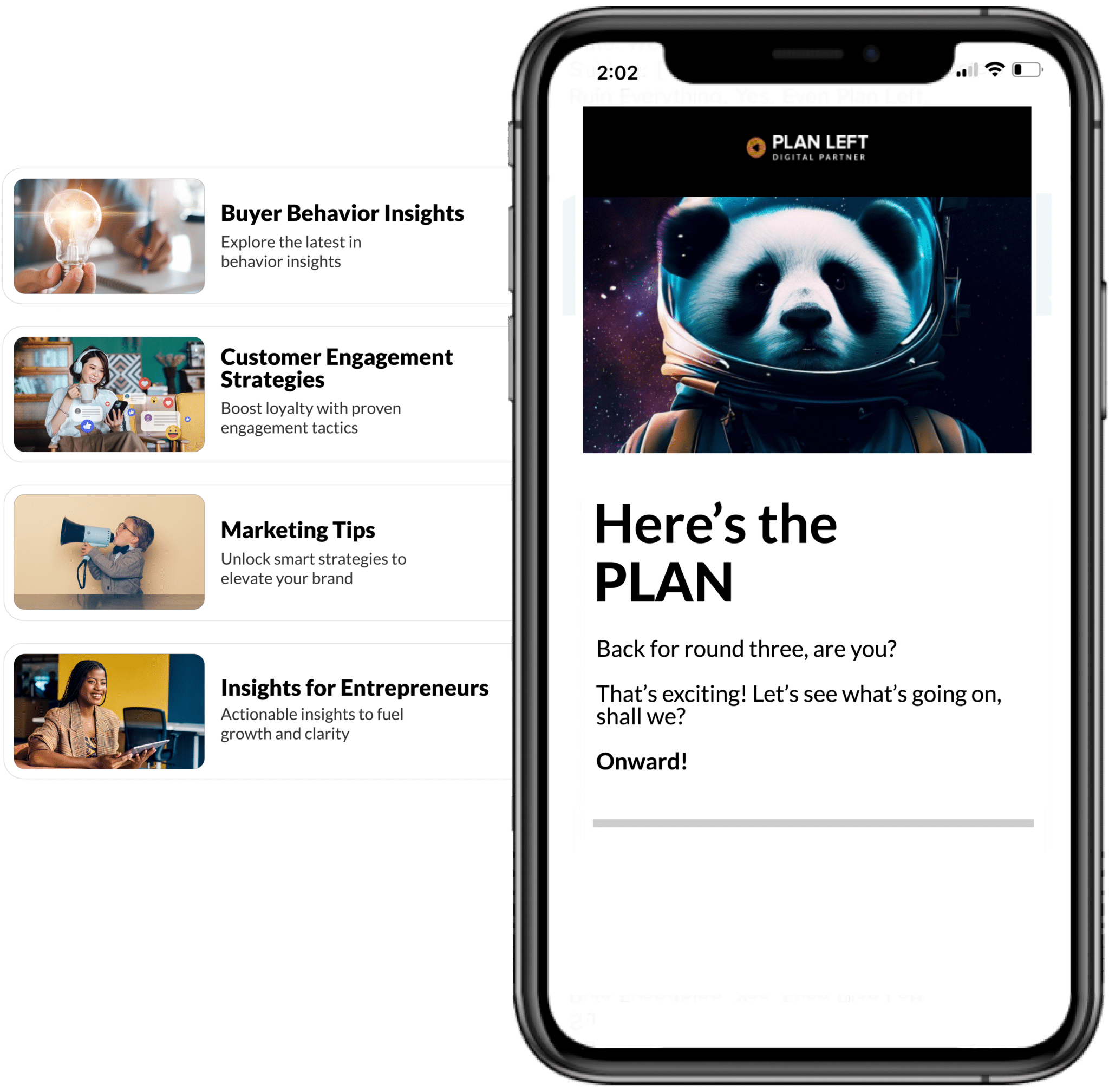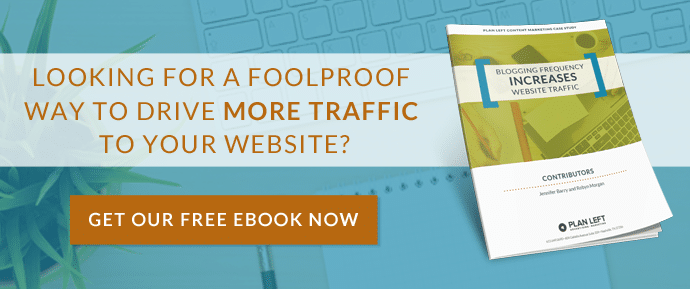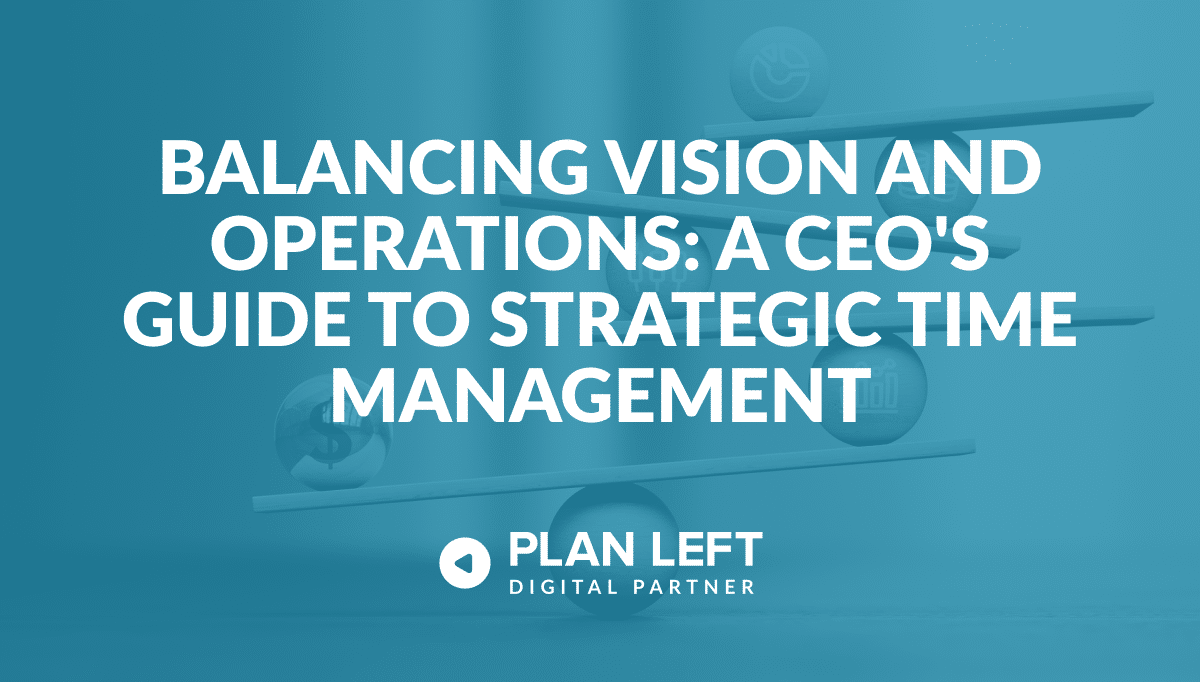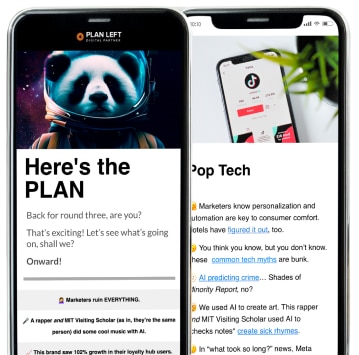
If you’re reading this, chances are you already know the importance of ranking for long-tail keywords. You’re aware that click-through rates for top-ranked long-tail searches can be up to 25 percentage points higher than those for top-ranked general searches. You know that internet users who search for long-tail keywords are much farther along in the customer journey than those who search for short-tail keywords (“best digital marketing firm in Nashville” vs. “marketing firm,” for instance).
What you may not know, however, is how to explain what, exactly, long-tail keywords are to a client. Below is a dramatization of a long-tail keyword conversation.
You: “We need start focusing on long-tail keywords.”
Your Client: “What does that mean?”
You: “Here’s a great definition from Moz! ‘The long tail contains hundreds of millions of unique searches that might be conducted a few times in any given day, but, when taken together, comprise the majority of the world’s search volume.'”
Your Client: “What does that mean?”
You: “Well… they’re longer…”
Your Client: “How is this going to help my business?”
You: “…”
What I’ve found helps when describing long-tail keywords is likening a client’s website to a brick and mortar store:
Let’s say you own a bookstore, and you specialize in used children’s books. If you put signs outside your store that read “BOOKS,” you’d get a ton of foot traffic! But what types of visitors would they be? People who are looking for free books, new books, textbooks, romance novels, James Patterson’s latest thrillers, new kids’ books—and, yes, used children’s books.
How many of these visitors would end up buying your used children’s books? If you put signs outside your store that read “BOOKS FOR SALE,” you’d get less foot traffic because passersby would know that you’re not offering free books. If your signs advertised “CHILDREN’S BOOKS FOR SALE,” you’d get much less traffic, but your visitors would be much more likely to buy your books than the previous visitors.
If your signs were emblazoned with “USED CHILDREN’S BOOKS FOR SALE,” you’d probably get significantly fewer visitors, but they’d be even MORE likely to buy. The more specific your signs, the better the odds are that your visitors will become your customers. That’s because they already know exactly what to expect when they walk through the door.
Once you’ve described it that way, it’s good to show them the list of keywords and keyword phrases you discussed, from short-tail to long-tail:
books
books for sale
children’s books for sale
used children’s books for sale
Since you’ve given your client a specific example of why it’s important to focus on building content that’s optimized for specific, long-tail keywords, he or she will have a greater understanding of why it’s important to rank highly for long-tail keywords in search engines. You’ll end up with a happier, more empowered client.
Want to continue the long-tail strategy conversation with us? Drop us a line.
Explore Latest Posts
Breaking Free from Marketing Silos: Why Community Matters for Business Growth Every entrepreneur knows the weight of making decisions alone. ... read more
December 11, 2025
A Step-By-Step Approach to Breaking Free from Generic Marketing Enterprise marketing leaders face the challenge of standing out among countless ... read more
December 9, 2025
The constant tug-of-war between strategic vision and operational demands defines the modern CEO experience. While your company's future depends on ... read more
December 4, 2025
Essential Strategies for Entrepreneurs
Get Actionable Business Insights & Marketing Tips
Our newsletter delivers real-world strategies from entrepreneurs who’ve been exactly where you are.
Sign up now for:
- Actionable growth strategies that work
- Insider tactics for attracting top talent
- Real-world case studies from successful founders
- Emerging tech trends that drive innovation
- Pragmatic marketing approaches for visionary leaders





